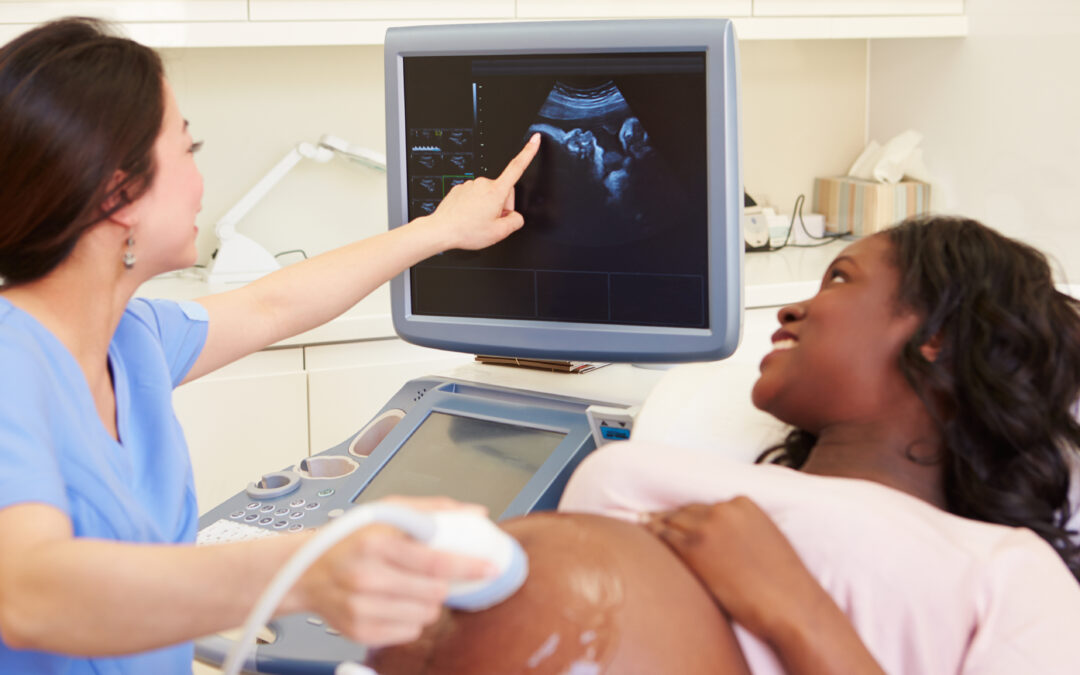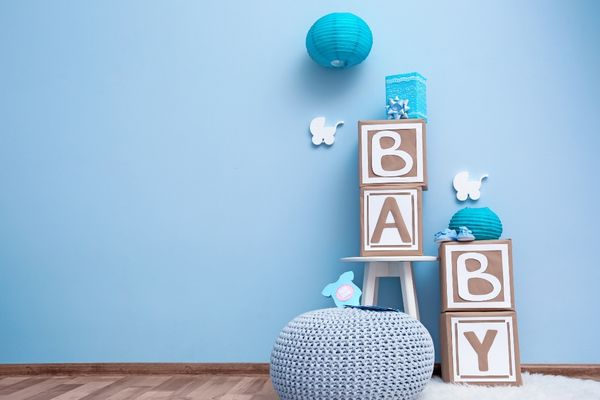The vast majority of births in the United States take place in a hospital. In fact, only 1.61% of births in 2017 took place in an out-of-hospital birth setting. It would be accurate to say that giving birth at home or in a freestanding birthing center is “out of the norm”. Yet, many families settle for a hospital birth simply because it is “what you do”, even if the care provided at their local hospital does not align with their birth preference. If you do not know all of your birthing options, then how can you make an educated decision?
In the past decade, rates of out-of-hospital birth have been rising. This rise was further amplified with the risk of covid-19, concerns about exposure, and increased hospital policy restrictions. More and more families are getting informed about their options, taking the time to understand what the different policies and regulations are that exist, and in many cases, looking for something other than “the norm”. What many families are looking for is simply individualized care!
Making the Decision
If you feel confident in choosing a birth center or homebirth, then go with those instincts! If you or your partner are feeling unsure, a little more research is always a good thing. Here are 4 things you can do to help you make a decision you can feel confident about.
- Take a childbirth education course – No, we don’t mean the 2-hour class offered by your local hospital. A comprehensive childbirth class is going to take several hours, and likely over multiple days. You will learn things like the physiology of instinctive birth, comfort measures for birth, creating a birth plan, how to avoid interventions, how to promote bonding and breastfeeding, and so much more. If you take a class taught by an educator in your local area, you will learn more about the providers and birth locations in your areas, what is common, and advice on navigating your local birth options.
- Write down your birth preferences – Put pen to paper. Think about what you really want your labor and birth to look like. What is most important to you? What are you willing to compromise on and what is non-negotiable?
- Tour local birth facilities & Interview local providers – How do you feel when you enter each birthplace and talk to each provider? Do you feel comfortable and positive? If you don’t get the right vibe, then it might not be the right place or the right provider for you. Additionally, if the standard of care at this facility and with this provider does not match what you want, that is another red flag telling you to look into other options.
- Consider any special or unique circumstances – Maternity care should be individualized to your needs, because what you need probably isn’t what every other person needs. Things like previous birth experiences, home environment, past traumas, and pre-existing medical conditions are just a few factors that may impact where you choose to birth.
Know the Facts
Negative birth stories from your family and friends and a lack of confidence from your doctor can cause feelings of fear or shame. However, statistics show that out-of-hospital birth is a safe option for low-risk pregnancies. In fact, here are some statistics for you to consider:
- Depending on state laws, licensed midwives in your state may carry the same medications used in hospitals to treat postpartum hemorrhage.
- 5.1 percent of women who gave birth at home reporting mistreatment versus 28.1 percent of women who gave birth in a hospital
- People who give birth at home see lower rates of induction of labor, augmentation of labor, and cesarean questions.
- Birthing people have higher rates of normal vaginal births in home and birth center settings.
Sources:
National Academies of Sciences, Engineering, and Medicine; Health and Medicine Division; Division of Behavioral and Social Sciences and Education; Board on Children, Youth, and Families; Committee on Assessing Health Outcomes by Birth Settings; Backes EP, Scrimshaw SC, editors. Birth Settings in America: Outcomes, Quality, Access, and Choice. Washington (DC): National Academies Press (US); 2020 Feb 6. 6, Maternal and Newborn Outcomes by Birth Setting. Available from: https://www.ncbi.nlm.nih.gov/books/NBK555483/
MacDorman, MF, Declercq, E. Trends and state variations in out-of-hospital births in the United States, 2004-2017. Birth. 2019; 46: 279– 288. https://doi.org/10.1111/birt.12411









